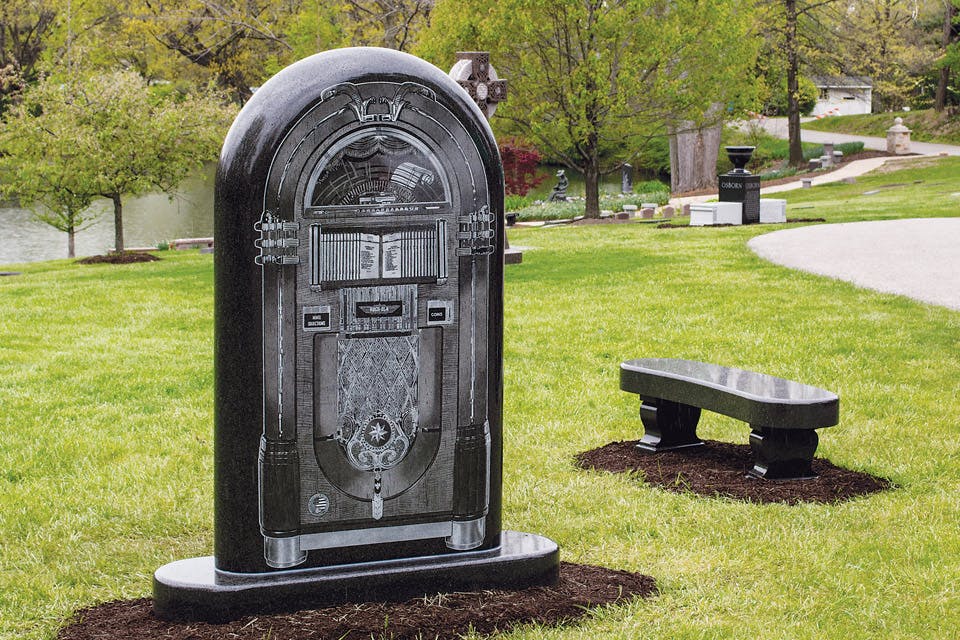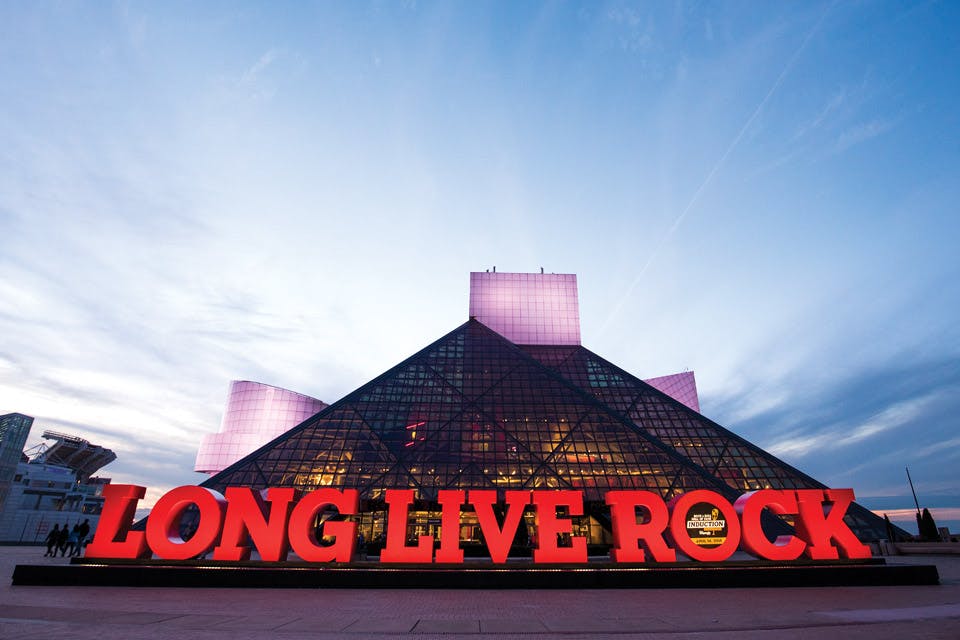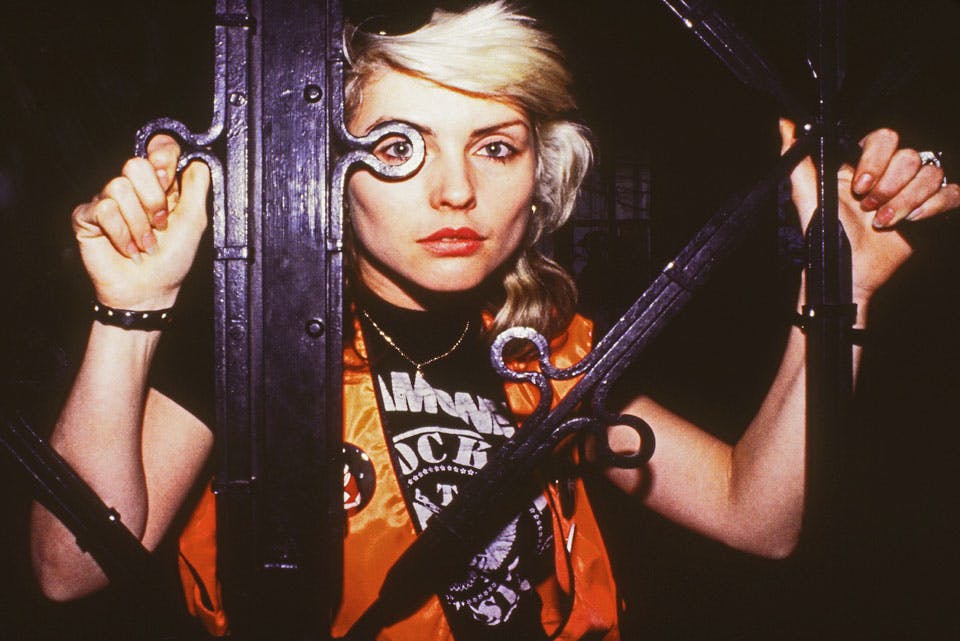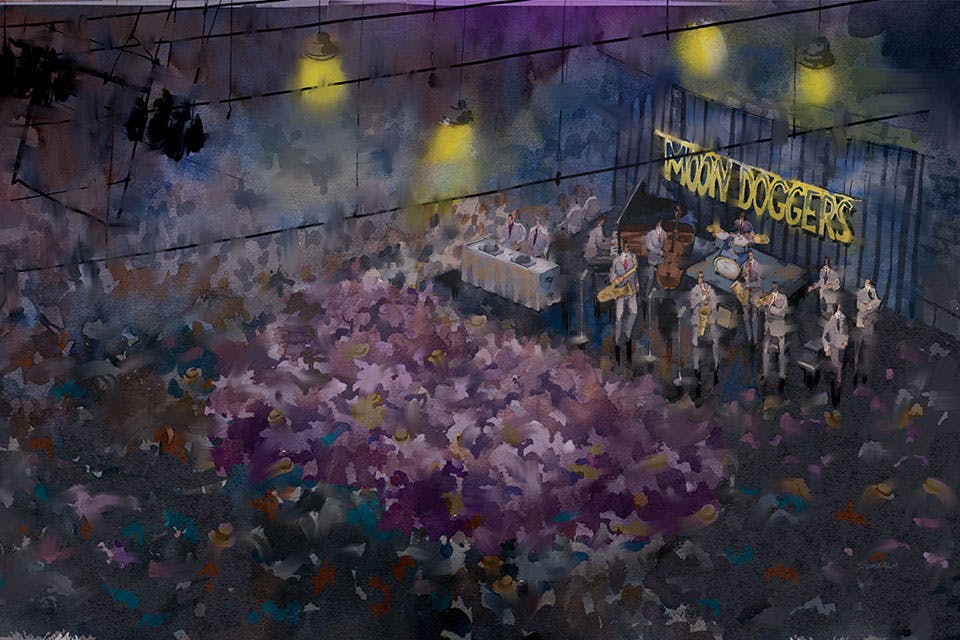Ohio Life
Cleveland, Alan Freed and the World’s First Rock Concert
On March 21, 1952, thousands of people crowded into the Cleveland Arena for the Moondog Coronation Ball, which was expected to go on for hours. Instead, the show was shut down before the end of the first band’s set.
Related Articles

Alan Freed’s Grave, Cleveland
A jukebox-shaped headstone at Lake View Cemetery marks the grave of the man who popularized rock ’n’ roll. READ MORE >>

Visit the Rock & Roll Hall of Fame
Cleveland’s shrine to the legends of rock ’n’ roll beckons music lovers to commune with the greats who penned the soundtrack of our lives. READ MORE >>

Rock Photographer Janet Macoska and a Life Behind the Lens
We talk with the Cleveland photographer about her start, the icons she’s captured on film and the power of the still image. READ MORE >>




